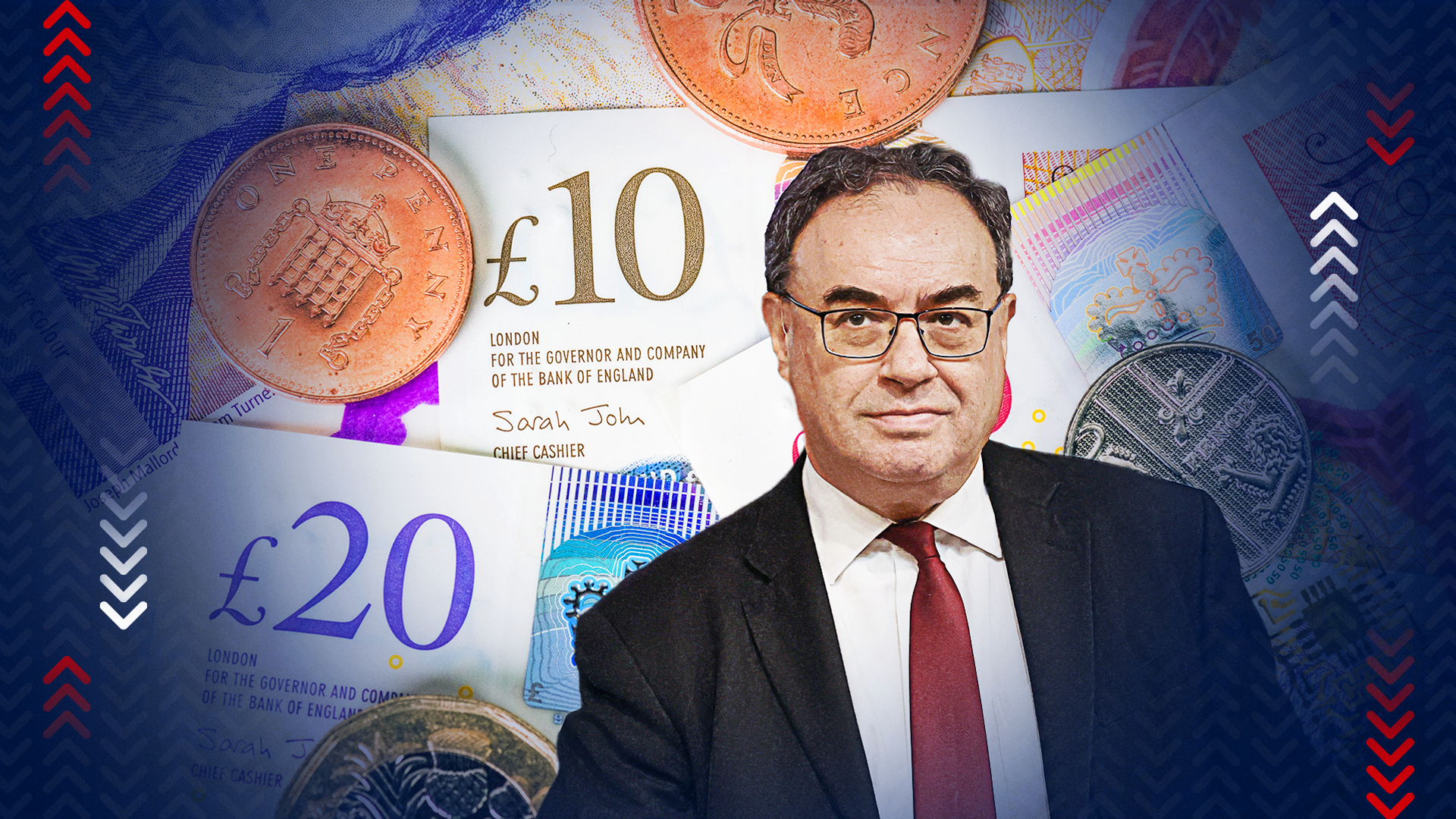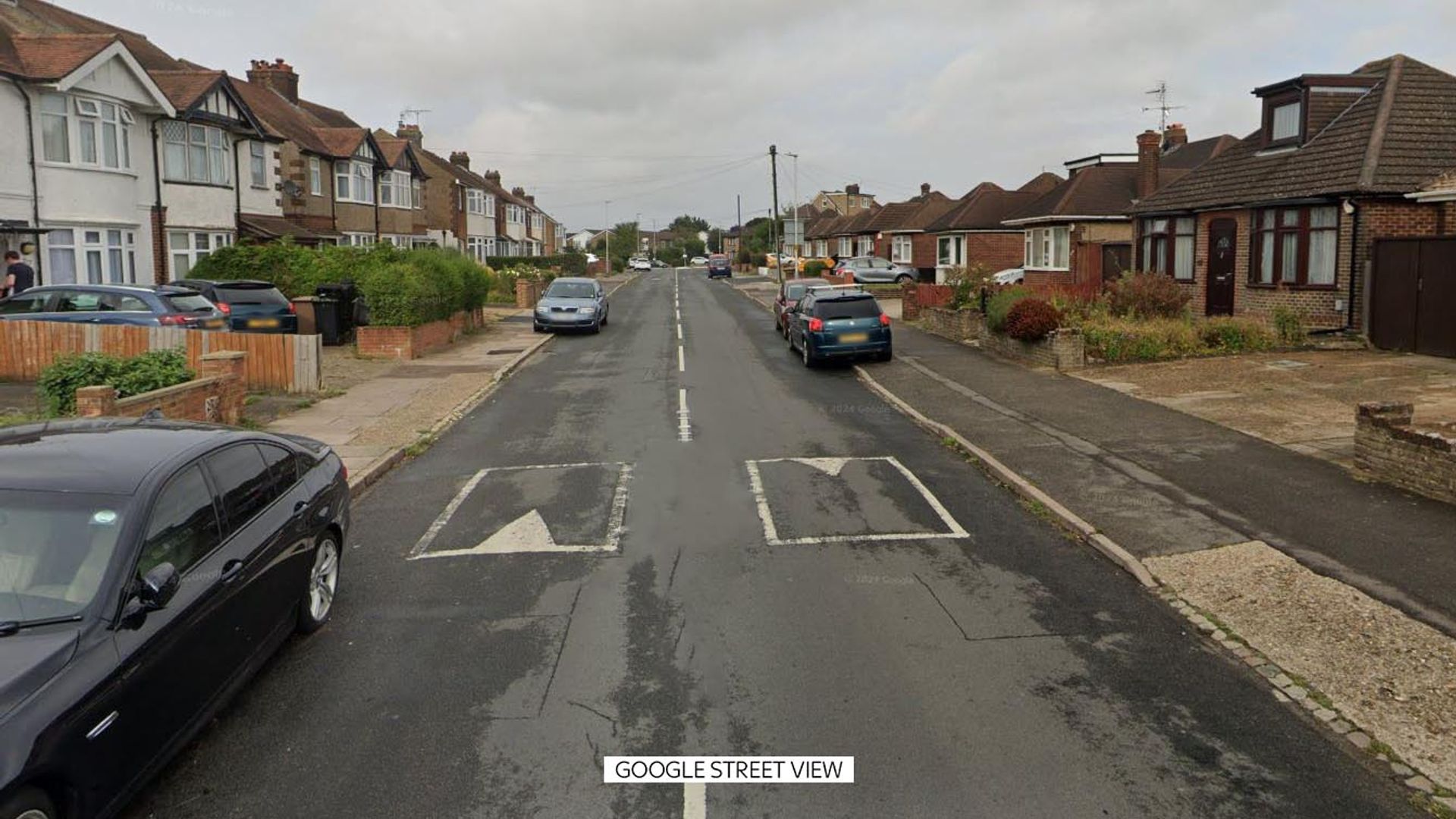The first increase in inflation this year is less a reason for panic than a signal that, after almost three years of wild volatility, the UK’s measure of price increases is returning to a period of what looks far more normal fluctuation.
The primary reason CPI stepped up to 2.2% in the year to July is statistical, the base effect of energy prices falling less this year than they did in July 2023.
A year ago the Ofgem retail price cap fell by more than £1,100, ten times more than the £110 reduction last month. That means that while energy prices are lower than they were, annual inflation increased.
The Bank of England had forecast this move upwards from its target rate of 2% and used it to justify its cautious tone around interest rates even as they were cut earlier this month for the first time since the hiking cycle began.
Reasons to cut rates
Below the headline rate of CPI were numbers that will give the bank some confidence that it can afford to cut rates further by the end of the year.
Core inflation, a measure that removes volatile food and energy prices and indicates the underlying “secondary” effects of inflation, fell slightly from 3.5% to 3.2%.
UK CPI inflation reaches 2.2% – the first growth in more than six months
Grocery inflation rises for first time since March 2023 – as £10m spent on Euros final beer
Further interest rate cut could be on the cards after report suggests jobs market cooling
Goods inflation remains in negative territory at -0.6%, but that was an increase from -1.4% the previous month, driven in part by food inflation, which increased to 1.8% after 15 consecutive monthly falls.
Keep up with all the latest news from the UK and around the world by following Sky News
Inflation in services, which make up the majority of the British economy fell to 5.2%. Coming a day after wage inflation also eased that fuelled expectations that further rate cuts are coming, though not necessarily at the next Bank of England meeting next month.
Be the first to get Breaking News
Install the Sky News app for free
Market expectations of a cut in September rose to 45%, meaning a narrow majority expect rates to be held at 5%, with the prospects of further cuts before the year-end priced at 90% in November and 97% in December.





